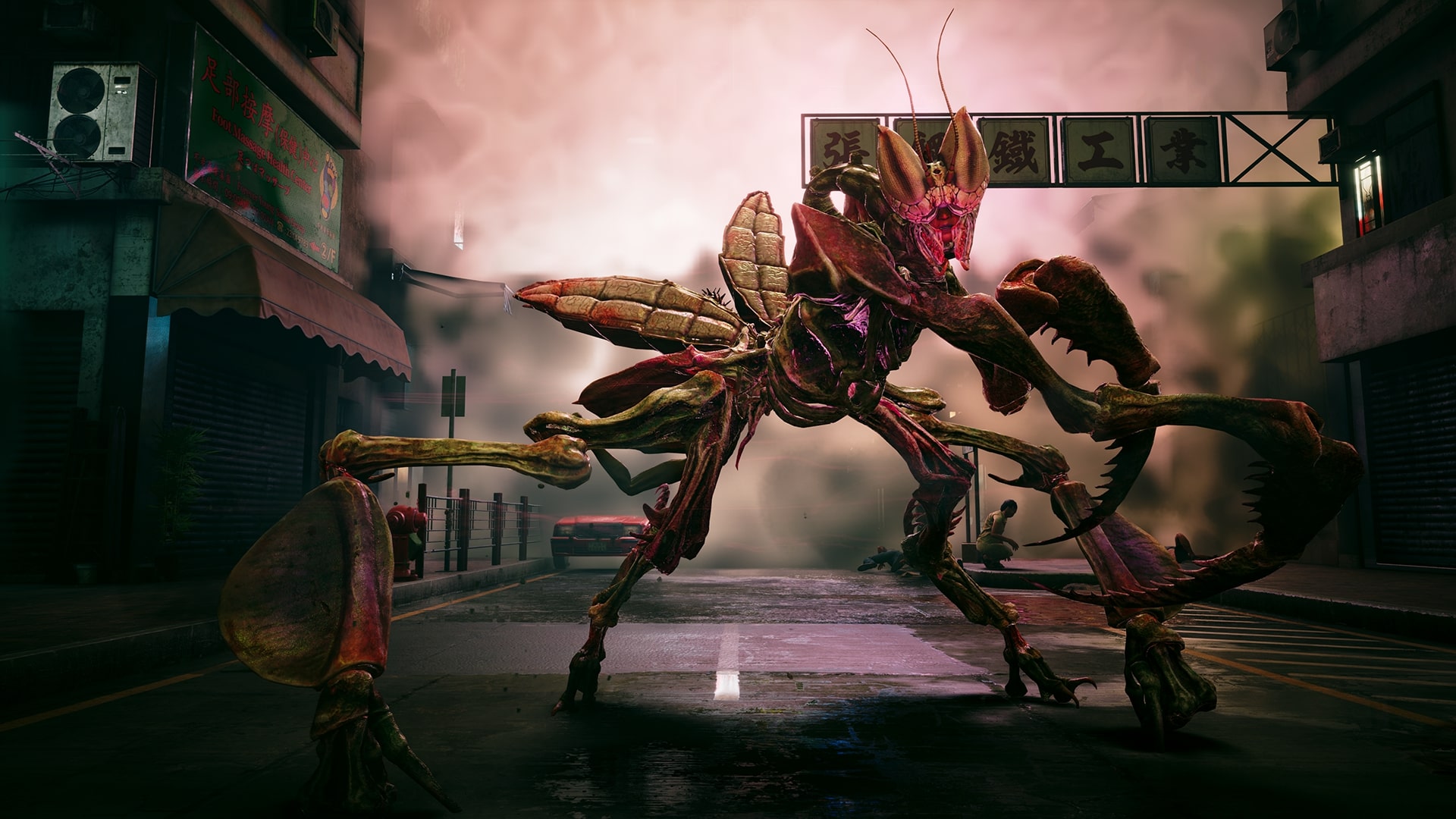
Like the brains of Kowlong's teeming masses, Slitterhead's complex mythology is a lot to wrap one's jaws around. You play as a disembodied spirit in Bokeh Game Studio's maiden voyage, a being from Japanese mythology known as a Hyoki, whose ability to possess and control everyday humans bestows each host with supernatural powers. Using them to fight back against the Slitterhead invasion is a necessary evil, one the Hyoki initially fails to see as such. After all, it views humans as plentiful and thereby expendable in the densely-populated city of Kowlong. But when it fuses with Julee, its first companion of many, everything changes. She affectionately names it Night Owl, one of two Hyoki from the original folklore. As soon she does, a curious thing starts blossoming in this non corporeal being: empathy.
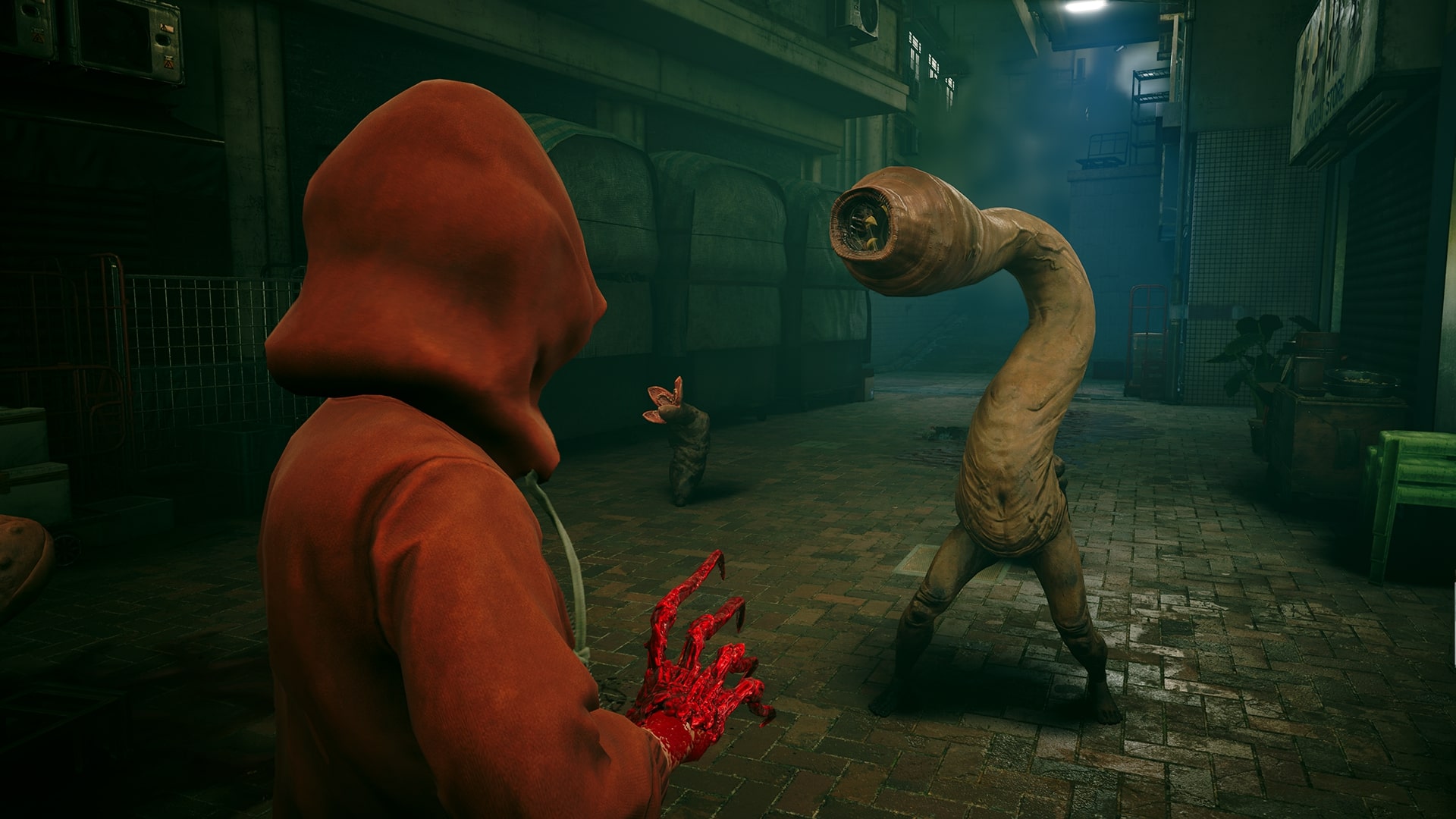
Release date: November 8, 2024
Platform(s): PS5, PS4 Xbox Series X, PC
Developer: In-house
Publisher: Bokeh Game Studio
The duality of humanity and monstrosity is a core theme sitting at the beating heart of Slitterhead. Make no mistake, this is a grisly horror game where skulls split open to make room for spiny appendages, shrivelled bodies hanging limp as empty cocoons upon the backs of the insectoid creatures that burst from them, mouthed tongues flickering from jagged maws in search of unsuspecting human eye sockets to pierce and suck dry of cerebral matter. It's a grisly reimagining of zombie fiction, this time with razor-sharp third-person combat encounters where chaining possession is the key to success as you literally throw bodies at the problem. But Slitterhead also makes a poignant comment on the human condition, taking inspiration from the very real, very overcrowded region of Kowloon, Hong Kong to show how even an everyday person has a purpose in the grand scheme of life – and, in this case, death.
Welcome to the dark side
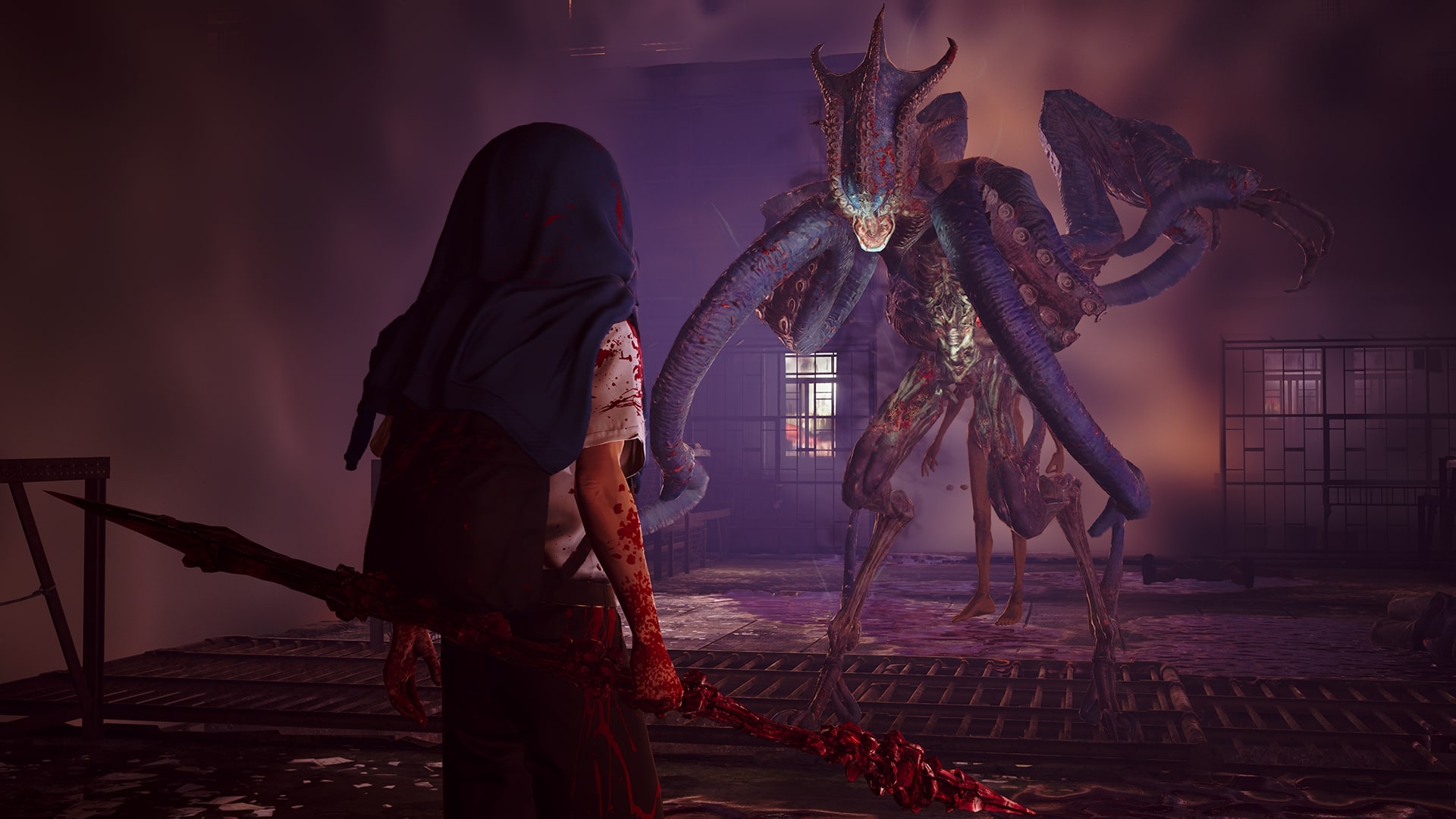
Peeling back the layers of Slitterhead's bizarre narrative is a process in itself. It starts off slowly, our first host a barking street dog that leads us into the bustling main road of central Kowlong. From here, the nameless spirit leaps from person to person, grappling with memory loss as it tries in vain to recall who and what it is. It only knows one purpose: destroy the Slitterheads, vicious monsters posturing as humans who hunt their prey in the shadows of Kowlong's insidious underbelly. Think triads, prostitution rings, creepy cult hideouts – the works.
Bokeh sets up an intriguing, suitably baffling world to introduce the concept of humanity's strength in numbers. Flitting from person to person amid the neon street lights, a chainsmoking auntie minding a market stall suddenly becomes capable of wielding her own blood as a weapon. Nearby, a man in fishing boots and little else becomes a warrior, too, all at the mere tap of a button. By the time we meet and rescue Julee – an individual possessing heightened synchronization with the Hyoki, known in-game as a Rarity – seeking out new host bodies has become second nature.
Instead of leaning heavily on voiced cutscenes, a Talk menu in the intermission screen allows the Hyoki to get to know each Rarity as you progress. Adapting to this more fragmented gameplay hook took some getting used to for me, but I soon grew to appreciate the storytelling opportunities it created. The peppering of noir detective work that comes with piecing together conversations between Rarities allows for slow, procedural revelation of Kowlong's secrets, the player uncovering them alongside the spirit as a foreign entity in this world and gradually discovering new places of interest.
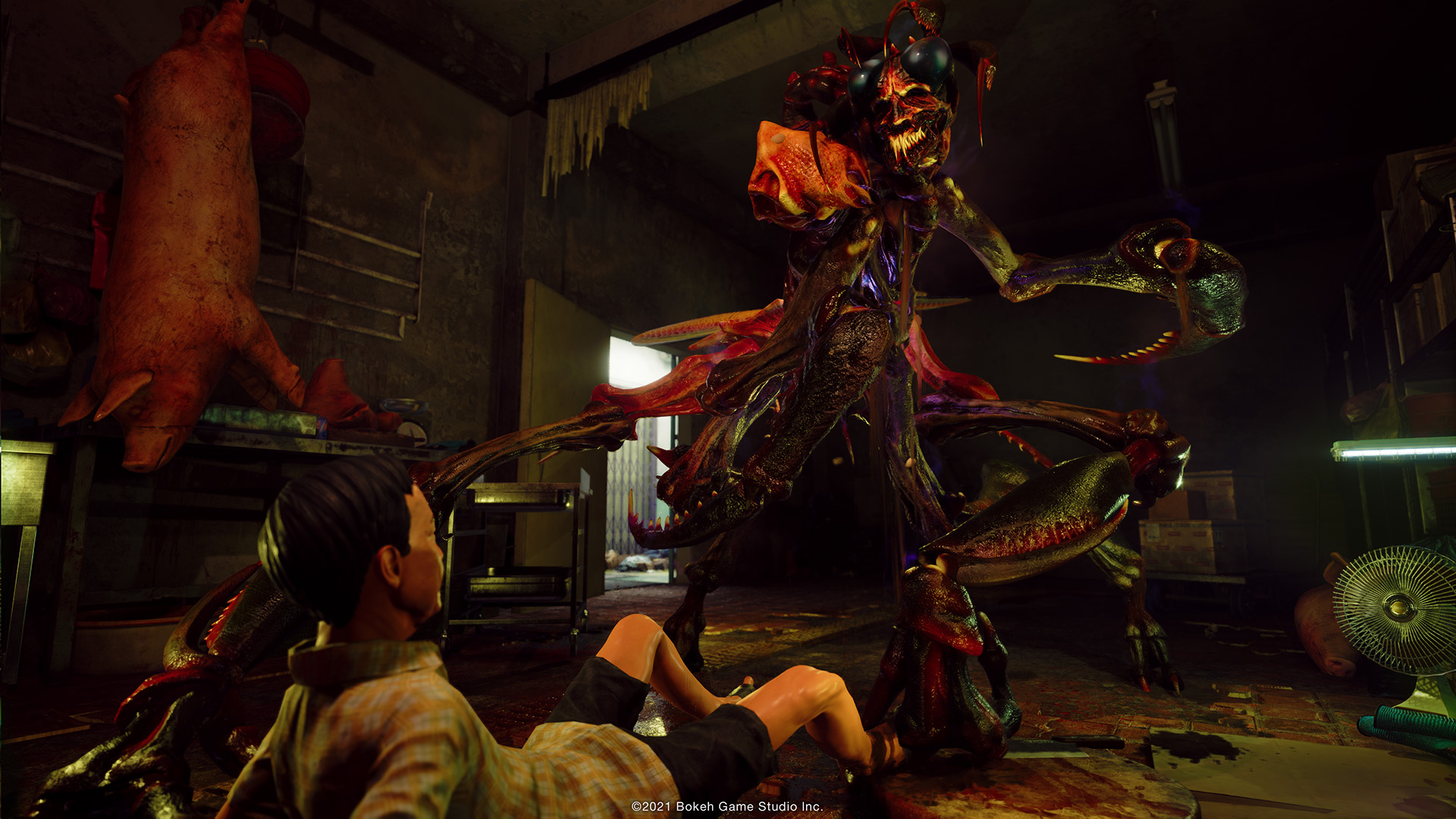
The first three Rarities' stories lead into one another in a more linear fashion than the rest, but eventually, I had to rely on mission information screens to preview what remaining secrets, collectibles, and signs of Rarities I'd missed in a given area. Novel as the concept is, though, it did leave me frustrated at one critical juncture; closing in on the game's final moments, I mistook a series of connected events as optional collectibles rather than mandatory mission unlocks. That's three hours I'll never get back, but I'm willing to forgive Bokeh this instance of loveable, albeit questionable, jank.
Progression design aside, the true star of Slitterhead is its combat. Each Rarity possesses unique skills and abilities, from healing to field management and buffing nearby humans for utility in battle. Swapping from a Rarity to a human is not a problem, because Rarities will block and deflect all incoming attacks autonomously until you swap back and start attacking yourself. With up to two Rarities enlisted for each mission, working out good combinations is paramount for success – going for pure brawn with two heavy-hitters might sound like a good idea, but if all the nearby humans die out and your Rarity temporarily falls in combat, failing to jump into a nearby living host means restarting from the last checkpoint.
Slitterhead is all about tactics and precision, thinking quickly on your feet to gain the upper hand and make every second count. The glorious result is aggressive, nail biting action involving everything from blood-generated shotguns, claws, using a giant mascara wand as a melee weapon, and turning humans into literal time bombs to make you sweat even on normal or easy difficulty – all honing in on the dynamism of playing a wandering Hyoki in search of a host.
Amid the madding crowd
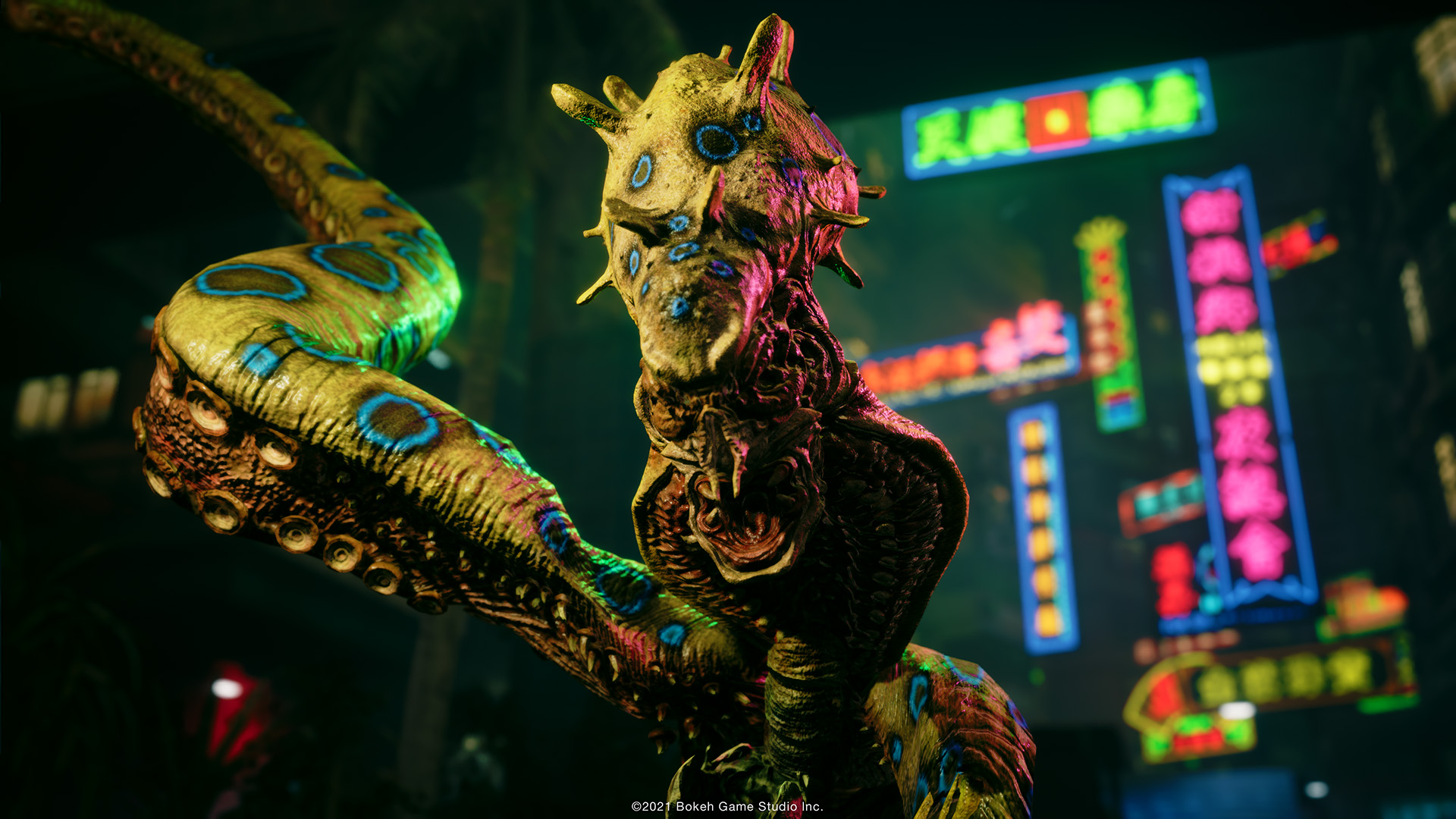
"Kowlong is a microcosm of humanity, all walks of life sharing a tiny space"
But the question is: who are these hosts? Are they really expendable? How much blood are you willing to spill in the name of killing Slitterheads? Those are questions posed to us by Rarities – and the studio itself – as the game spins its yarn across some 20 hours.
In a charming twist of fate, humans turn out to be the ones guiding a spirit rather than the other way around. Slitterhead tells human stories through a superhuman, possibly preternatural being, shining a light on the unique souls it encounters on the way. Kowlong is a microcosm of humanity, all walks of life sharing a tiny space and choosing their path through it. True, some of the discovered Rarities serve little narrative purpose compared to others, but each is distinct and represents an ordinary person just trying to survive. As the spirit learns more about humanity and the darkness in us all, the line between good and bad grows ever blurry – even when it comes to grotesque monsters.
Despite the occasional pacing issue and immersion-breaking hiccup, courtesy of its unusual mission unlock system, Slitterhead's deeply insightful narrative and punchy, challenging combat makes it a force to be reckoned with. Keiichiro Toyama and Akira Yamaoka bring their A-game in true ex-Team Silent fashion (both worked on some of the best Silent Hill games), delivering an unforgettable and relentless action-horror marathon with more twists and turns than the winding back alleys of Kowlong. It all speaks to a daring vision executed with finesse by some of the most iconic minds in genre history. Slitterhead is a proud new chapter in that ever-growing canon, boasting innovations still to come from Bokeh Game Studio following a truly impressive first release.
Need the scares to continue? We've got a list of the upcoming horror games that you need to keep an eye on next. Need it now? Then check out our list of the best horror games ever! Alternatively, the best games based on horror movies is a good shout if you're looking for something with a bit more cinema.







